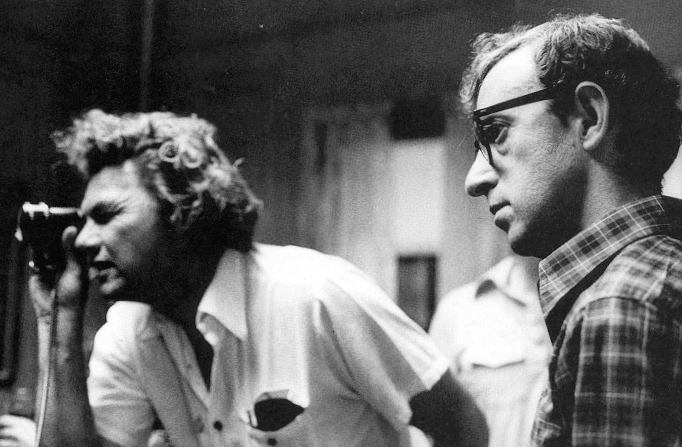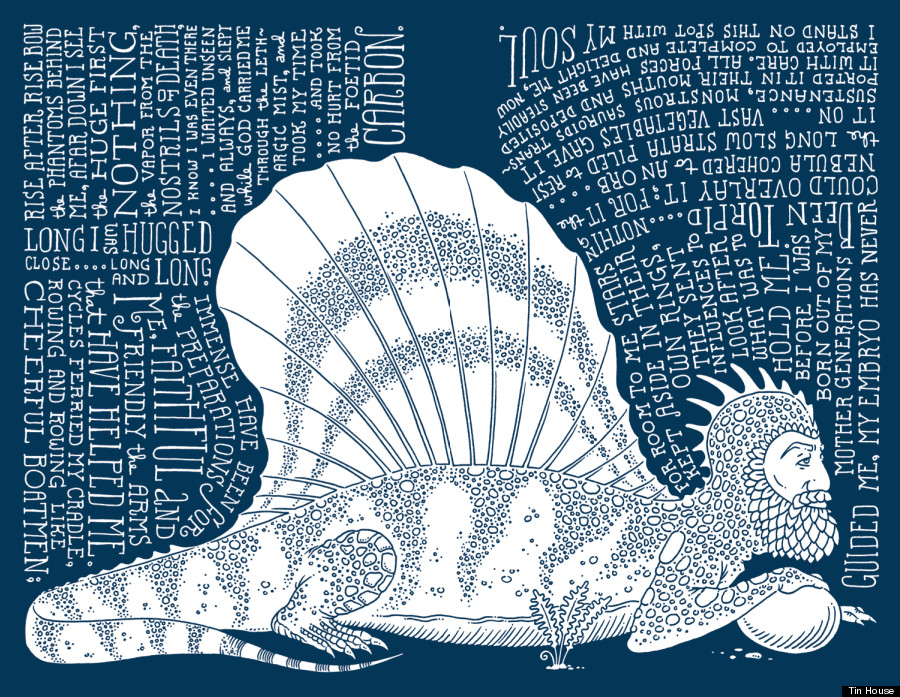As you'd probably expect from the space agency,Watch Mary Carey All Babe Network (2013) NASA has always been at the forefront of visual technology. Back in 2017, NASA astronauts Peggy Whitson and Jack Fischer live-streamed a broadcast from the International Space Station using 4K ultra-high-definition technology — the next-gen standard for video — for the first time.
Using 4K makes for incredibly sharp image quality, with a horizontal screen resolution of up to 4,000 pixels (the previous 1080P high-def standard's horizontal pixel count was 1,920). The ISS' high-def 4K camera has the ability to record up to 300 frames per second — compare that to a high-end smartphone's 60 frames per second — while the Hubble Telescope's primary mirror, which is what the Telescope uses to capture space imagery and beam it back down to Earth, can collect about 40,000 times more light than the human eye. Using these technologies, plus ultra-high-definition equipment on other spacecraft, NASA has gone on to capture hours and hours of 4K footage, offering a fascinating video gallery of immersive imagery, as well as generating recreations of past events in high-definition renderings.
While you'll obviously only get the full 4K benefits if you watch such footage on a 4K-capable display, the videos are still compelling on standard screens.
Here's a small selection of our favorite 4K space videos.
On April 17, 2016, an active region on the sun's right side released a mid-level solar flare. This event was captured by NASA's Solar Dynamics Observatory, a spacecraft from NASA's Living With a Star mission which has been observing the sun since 2010. This video is particularly special, as the flare was captured in several wavelengths of extreme ultraviolet light, which is typically invisible to our eyes but is shown in different color-coded footage in Solar Dynamics Observatory images for easy viewing. (Each differently shaded montage you see has been captured in a different light spectrum.) The footage is accompanied by the appropriately named song "Collide" by Greg Lehrman.
The amazing phenomenon of the Northern Lights is something some of us can only dream about being lucky enough to see in person. However, thanks to the International Space Station's UHD camera, we can enjoy one of the best views on the planet from our own homes. This short video uses time-lapses shot from the International Space Station and shows both the Aurora Borealis and Aurora Australis phenomena that occur when electrically charged electrons and protons in the Earth's magnetic field collide with neutral atoms in the upper atmosphere.
This video uses data from the Lunar Reconnaissance Orbiter spacecraft that's currently orbiting the moon to recreate some of the stunning views the Apollo 13 astronauts saw on their journey around the farside in 1970. These sped-up 4K visualizations show many different views of the lunar surface, starting with earthset — the apparent setting of the earth below the lunar horizon — and sunrise and concluding with the time Apollo 13 reestablished radio contact with Mission Control after losing it when it was behind the moon.
Also shown is the path of the free return trajectory around the moon as the spacecraft started back towards Earth. It's a fascinating glimpse of the wonders the Apollo 13 astronauts saw in real life. Music-lovers can also check out the special edition version of the video, set to Claude Debussy's "Clair de Lune" by the National Symphony Orchestra Pops, created as part of a celebration of NASA's 60th anniversary.
Shot back in 2015, this then-groundbreaking imagery is from NASA's Hubble Space Telescope, captured as part of a series of annual portraits of the solar system's outer planets. The project was created to help current and future scientists see how these giant worlds change over the years. At the time, it revealed details never before seen on Jupiter, including a rare wave just north of the planet's equator and a unique filamentary feature in the core of the Great Red Spot.
"Sharing the incomparable silent beauty of our planet with all our fellow travelers on this, our Spaceship Earth," said Russian astronaut Sergey Ryazansky of this video. He captured the footage in this montage alongside fellow ISS inhabitants Paolo Nespoli of Italy and American Commander Randy Bresnik. Set to Paul Simon's "The Sound of Silence" performed by Disturbed, this 4K video brings you stunning footage of Earth from the International Space Station in low-earth orbit during the months of August through October in 2017.
This video comprises time-lapse imagery taken by NASA astronaut Jack Fischer from the International Space Station in 4K UHD. The video goes over the Pacific Ocean's moon glint and above the night lights of San Francisco, California, to Denver, Colorado. A moon glint occurs when light from the moon reflects off the surface of a sea or ocean at an angle and creates a rare glare of light, not something you see every day.
With this offering, NASA gives you the chance to tour southern Europe in just three minutes. Apparently, that's all the time it takes when you have a 4K camera orbiting Earth from 250 miles up. This ultra-high-definition video was shot in August 2016 as the International Space Station traveled nearly 1,000 miles, taking in views from above the western coast of France to the Iberian Peninsula, Italy, Switzerland, southern Germany, and Austria, and southward to the countries of the Balkan Peninsula.
This is a fascinating little clip to watch to bring home the sheer scale of the Universe. On November 11, 2019, (11/11/19!) NASA's Solar Dynamics Observatory watched as Mercury moved across the Sun. What's fascinating is how tiny Mercury looks pictured against the star. Mercury is the smallest planet in our solar system, measuring around 3,000 miles in diameter, but it looks like a mere marble in this video. The clip cycles through the variety of wavelengths of light the Solar Dynamics Observatory captured the event in.
This stunning visualization takes us six billion light-years away to traverse the CANDELS Ultra Deep Survey field to show the different galaxies and their three-dimensional distribution, although distances have been reduced for cinematic purposes. CANDELS is an acronym for the Cosmic Assembly Near-infrared Deep Extragalactic Legacy Survey project, and it's one of the largest projects ever done with the Hubble Space Telescope.
This absolutely mesmerizing video gives you around 30 minutes of footage of the sun's surface. From imagery from NASA's Solar Dynamics Observatory, which monitors the star 24/7, these images are captured in 10 different wavelengths, each of which helps highlight a different temperature of solar material. Watch to see flows of particles called the solar wind, occasional eruptions of giant clouds of solar material called coronal mass ejections, and explosions of X-rays called solar flares.
If you can't get enough of Earth, this extended playback of ultra-high-definition views of our planet captured by NASA astronaut Jeff Williams during his mission on the International Space Station in 2016 is for you. It offers a full hour of views from the ISS in which you can see the entire planet from 250 miles up. Williams is an excellent choice to collate his favorite footage — he's spent over 530 days living and working on the ISS.
Finally, a fun one from inside the ISS itself. Astronauts on the International Space Station dissolved an effervescent tablet in a floating ball of water and captured images using a 4K camera. The Epic Dragon camera by RED, a digital cinema company, can capture a fantastically high frame rate and super high-quality resolution, making for some amazing effects.
 Miami Heat vs. Los Angeles Lakers 2025 livestream: Watch NBA online
Miami Heat vs. Los Angeles Lakers 2025 livestream: Watch NBA online
 How to delete your Twitter account. Bye bye, trolls and bots.
How to delete your Twitter account. Bye bye, trolls and bots.
 'Quordle' today: See each 'Quordle' answer and hints for August 11
'Quordle' today: See each 'Quordle' answer and hints for August 11
 Prince of Darkness
Prince of Darkness
 The Early Days of The Paris Review
The Early Days of The Paris Review
 The Illustrated Walt Whitman
The Illustrated Walt Whitman
 10 of the best TikTok trends from 2021
10 of the best TikTok trends from 2021
 Chiefs vs. Texans 2025 livestream: Watch NFL Playoffs for free
Chiefs vs. Texans 2025 livestream: Watch NFL Playoffs for free
 The most essential fitness tech of 2021 (so far)
The most essential fitness tech of 2021 (so far)
 Best spring break deal: Southwest flights start at just $69
Best spring break deal: Southwest flights start at just $69
 The End of Irony
The End of Irony
 Subscribe Now, Get a Vintage Issue from 1959
Subscribe Now, Get a Vintage Issue from 1959
 Cops are playing music during filmed encounters to game YouTube's copyright striking
Cops are playing music during filmed encounters to game YouTube's copyright striking
 Meta says some AGI systems are too risky to release
Meta says some AGI systems are too risky to release
 The Morning News Roundup for May 16, 2014
The Morning News Roundup for May 16, 2014
 'The Shark Is Broken' review: 'Jaws' behind
'The Shark Is Broken' review: 'Jaws' behind
 Own a Piece of Paris Review History
Own a Piece of Paris Review History
 How to make a hook in a TikTok video
How to make a hook in a TikTok video
 Subscribe Now, Get a Vintage Issue from 1959
Subscribe Now, Get a Vintage Issue from 1959
The James Webb Space Telescope just opened up a new realm of the universeOn Mars, an astonishing formation looks like a bearStarbucks releases Douyin miniNYT's The Mini crossword answers for June 19WWF wants citizen scientists to count walruses from spaceAsteroid 2023 BU passed close to Earth: What to knowApple becomes first customer of TSMC’s Arizona plant · TechNodeAn enormous Martian cloud returns every spring. Scientists now know why.Starbucks releases Douyin miniGoogle's Tensor G6 processor may use TSMC's 2nm process · TechNodeWhat are the best seats on the plane?NASA reveals its moon spacecraft was damaged as it plummeted to EarthRussia has had 2 leaky space station ships in 2 months. Coincidence?This 'House of the Dragon' scene is even sadder than you thoughtChina's Chery reportedly mulls second European factory in the UK · TechNodeScientists discover how old Jupiter's Great Red Spot really isOld NASA space satellite crashes to EarthNYT's The Mini crossword answers for June 19Temu surpasses eBay as No. 2 mostPornhub, Aylo to block Indiana and Kentucky over age verification laws Ed Sheeran cracks down on ticket scalpers to save his fans money Apple's new rules for gaming services like xCloud or Stadia are a joke Trump's latest flagged drew Twitter's wrath after just 90 minutes No Mercy: SEC charges rapper T.I. over cryptocurrency scam HBO Max's 'Harley Quinn' cartoon is a sillier, gorier 'Birds of Prey' Facebook launches TheFacebook...no wait, sorry, Facebook Campus What is invisible labor? It's real and it hurts. Here's what to know. Paul Ryan tried to be #relatable on emoji day and it did not go well at all Zoom adds two Ed Sheeran is back on Twitter because what is dead may never die HBO's 'Coastal Elites' is a well R. Kelly is allegedly holding multiple women in a 'cult' 'Wonder Woman 1984' moves to Christmas Jessica Alba announces pregnancy with a very charming Boomerang Tell the world Aunt Flo is in town with this weirdly cute tampon nail art Starbucks makes 'strawless' lids standard in North America Artificial sweeteners don't help with weight loss after all Watch a plane fly through San Francisco's orange, dystopian skies Get more from Costco with a new Gold Star Executive Membership for $120 Microsoft Surface Duo review: Is this the future of smartphones?
2.8616s , 10162.2890625 kb
Copyright © 2025 Powered by 【Watch Mary Carey All Babe Network (2013)】,Exquisite Information Network